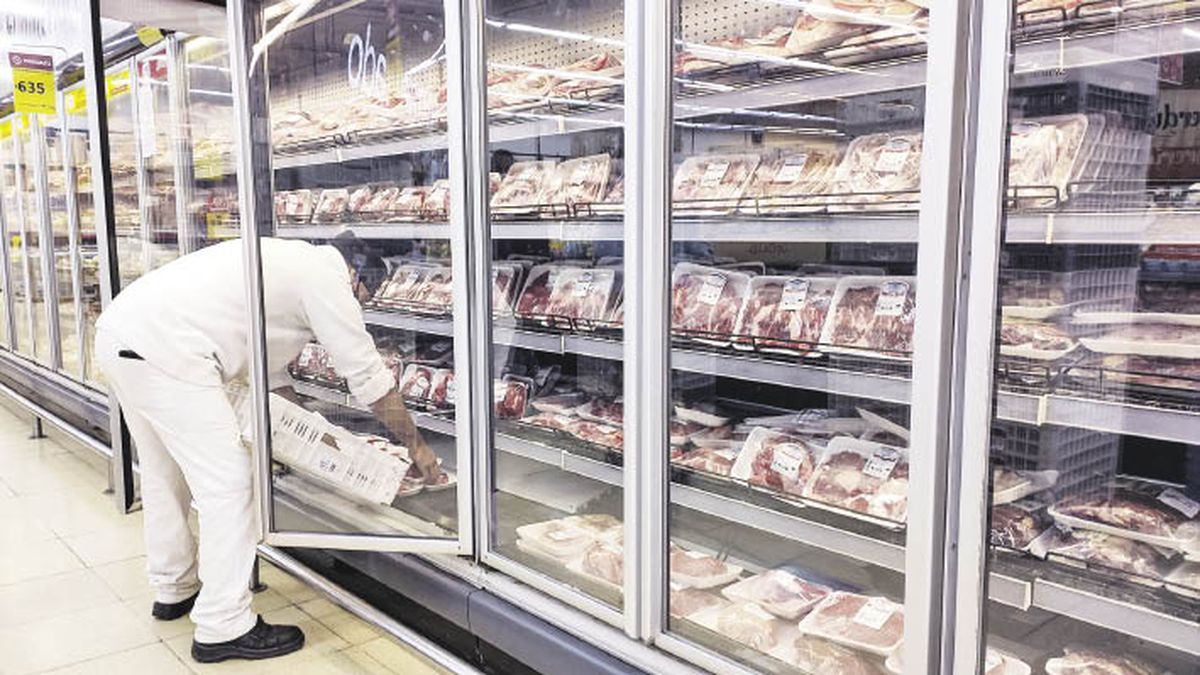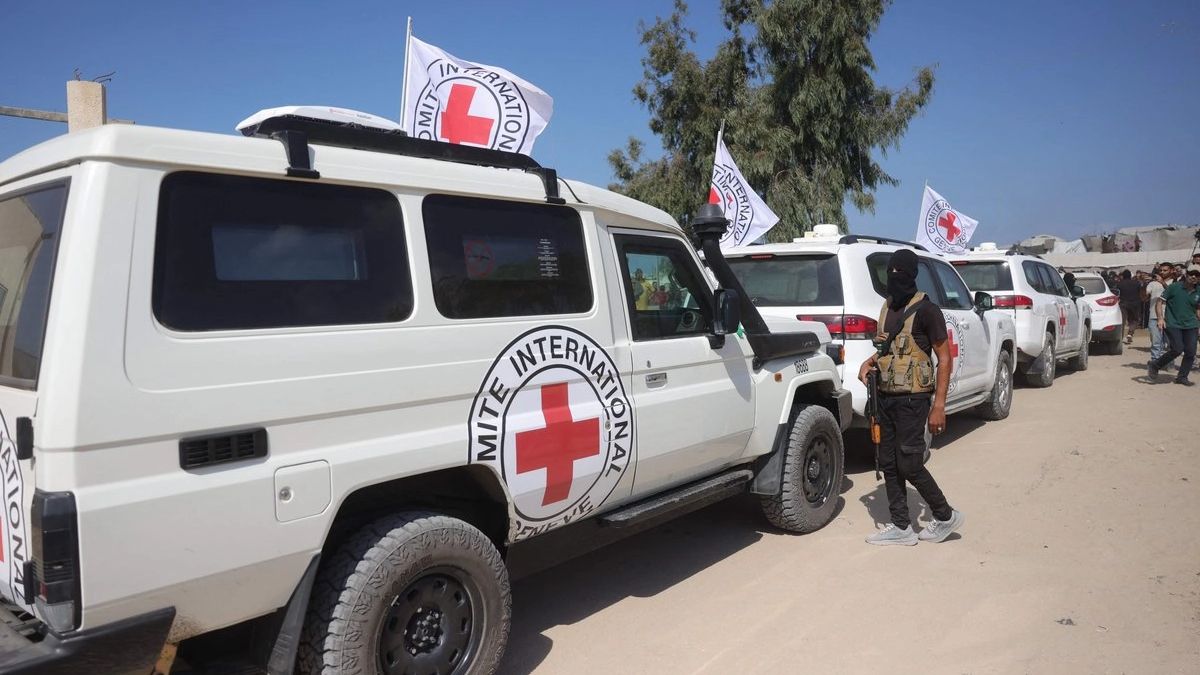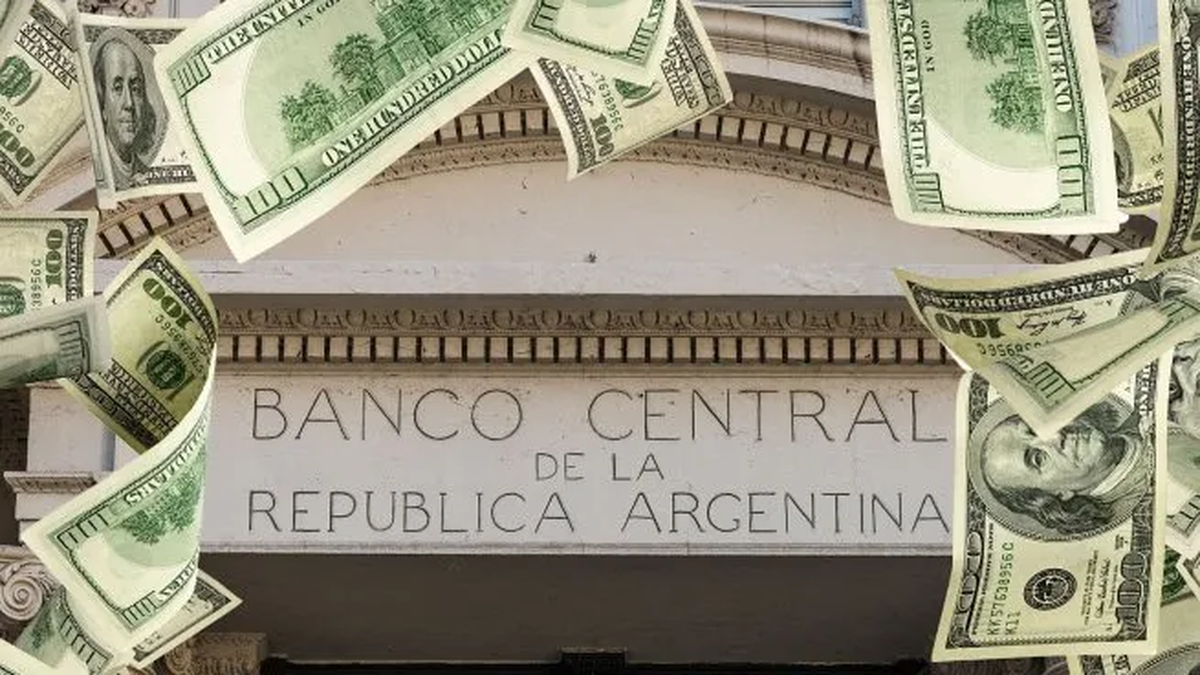One of the fundamentals of the measure is linked to the workers health caresomething that does not require further analysis since it is logical that at this point no one should carry a beef that can weigh between 80 and 120 kilos on their shoulders.
The measure promoted by the Government would have a strong impact on the refrigeration industry, which claimed on several occasions that it is almost impossible to adapt slaughterhouses to the new modality. They argue that million-dollar investments would be necessary and that, even if the required money were available, in many cases the process would be difficult because it would require imported products that in this context seem almost impossible to access.
From the sector stated that these aspects can “be supplemented with the implementation of mechanical means that guarantee that the worker does not have to bear loads greater than 32 kilos”.
Exporters support the measure
The exportersfor its part, They welcomed the move. The president of the ABC Meat Exporters Consortium, mario ravettinomentioned some of the reasons why they consider it necessary to implement quartering:
– Will ensure greater health security, because “it prevents the meat from being dragged along surfaces such as the floor of the truck or the walls of the butcher shop when unloading at the point of sale”. So, he argued, for the consumer there will be “important advances in terms of health and safety.”
– This measure take care of the health of the workers, who “will stop carrying half carcasses weighing 80 to 120 kilos on their backs.” The rationale for the measure set forth by the Government maintains that workers in the sector carry weights “much higher than the agreements and those established by the International Labor Organization.”
– The points and butcher shops will be able to receive the rooms that their clients most demand in the area and avoid waste.
– For exporters, this will have an impact on prices: “It is a myth that prices are more expensive in cuts”. “Currently, as the butcher has to work with all the half carcasses, to integrate he must sell all the cuts and for that in the neighborhoods with less purchasing power, on the one hand, the price of expensive cuts is lowered, such as the loin , the steak and the rump, and on the other, the cheap ones go up. Consequently, popular cuts in humble neighborhoods are more expensive,” Ravettino said.
The exporters warned that “the half carcass system punishes consumers oriented to popular cuts, or lower pricedcharging a relatively higher price than that offered by supermarkets under the cut distribution system. The media res is not only inefficient as a distribution system but it is also regressive in terms of income distribution. A consumer in a butcher shop could save $226/kg if he buys peceto; but he would pay $160 more per kilogram for common meat. A cut of $1,700/kg is subsidized at $236, while a cut for popular consumption of $800 suffers a surcharge of $160″.
They added that due to inefficiencies in the entire chain as a result of having half carcasses, 20% of the steer is wasted.
According to the representative of the exporters, this measure will help foreign sales: “It is a measure that modernize our industry and allows us to adapt to global standards. Argentina and Paraguay are the only countries that continue to market in this way [por la media res]”, he indicated.
critics
The Argentine Chamber of Slaughterers and Suppliers They reported that “most of the refrigerators do not have the infrastructure and have not made the necessary investments in order to be able to comply with the measures that the meat units must present in order to be marketed in the retail trade.”
“It favors oligopoly or concentration of activity, leaving out a large number of bidders”, they denounced. On the other hand, they argued that there will be “cost rise in the activity that inevitably will be transferred to the final price of the productimplying this assume more value at the table of all Argentines”.
In addition, they consider that the measure of marketing the cuts “atincreases the surface exposed to contamination and the meat is not protected by any type of packaging” and that the useful life of the pieces is better than that of the half carcass, it increases the cost and makes loading and unloading difficult.
Source: Ambito
David William is a talented author who has made a name for himself in the world of writing. He is a professional author who writes on a wide range of topics, from general interest to opinion news. David is currently working as a writer at 24 hours worlds where he brings his unique perspective and in-depth research to his articles, making them both informative and engaging.




